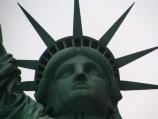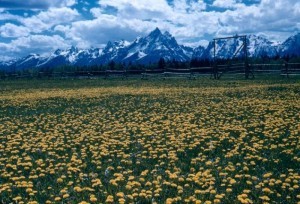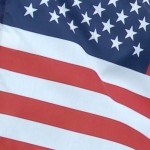 United States celebrates Independence Day. It declared itself free of English rule in 1776. Interestingly, only two people, John Hancock and Charles Thompson, signed the Declaration of Independence that day. Most of the representatives signed the document on August 2, 1776. Idea: Children could read Fireworks, Picnics, and Flags: The Story of the Fourth of July Symbols by James Cross GIblin and Ursula Arndt. Children could plan and carry out a Fourth of July parade. They could also learn more at: Fourth of July.
United States celebrates Independence Day. It declared itself free of English rule in 1776. Interestingly, only two people, John Hancock and Charles Thompson, signed the Declaration of Independence that day. Most of the representatives signed the document on August 2, 1776. Idea: Children could read Fireworks, Picnics, and Flags: The Story of the Fourth of July Symbols by James Cross GIblin and Ursula Arndt. Children could plan and carry out a Fourth of July parade. They could also learn more at: Fourth of July.
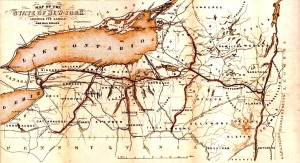 Construction of the Erie Canal began in 1817. The Erie Canal opened on October 26, 1825. It joined the Atlantic Ocean (via the Hudson River) and Lake Erie. Approximately 363 miles long, it had 36 locks. Previously goods had to be shipped by wagon and pack animals. The canal cut transportation costs by 95 percent. Children can view an excellent video at: Erie Canal.
Construction of the Erie Canal began in 1817. The Erie Canal opened on October 26, 1825. It joined the Atlantic Ocean (via the Hudson River) and Lake Erie. Approximately 363 miles long, it had 36 locks. Previously goods had to be shipped by wagon and pack animals. The canal cut transportation costs by 95 percent. Children can view an excellent video at: Erie Canal.
Statue of Liberty was given to the United States by France in 1884. The statue was presented to Levi P. Morton, the US ambassador to France, in Paris. The statue was then taken apart and shipped to the United States. The statue reached our shores on June 17, 1885. However, the pedestal was not yet ready. The statue was formally revealed on October 28, 1886. Children can learn more at an excellent site: Statue of Liberty.
“America the Beautiful” was published first in poem form in 1895 by Katherine Lee Bates, a professor at Wellesley College. Stories say she wrote the poem after visiting the top of Pikes Peak in Colorado. Children can read the poem at: America the Beautiful.
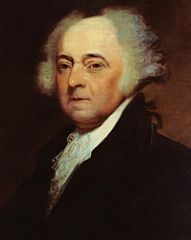
John Adams
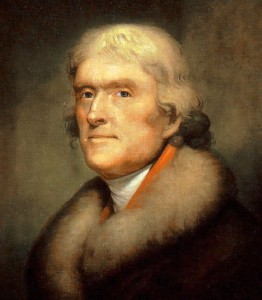
Thomas Jefferson
James Monroe, John Adams, and Thomas Jefferson all died on the Fourth of July. John Adams and Thomas Jefferson died hundreds of miles apart but within hours of each other in 1826, and fifty years after the Declaration of Independence was made public. James Monroe died in 1831. Older children can read more at: Coincidence.
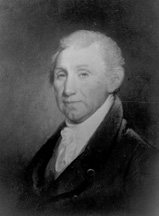
James Monroe
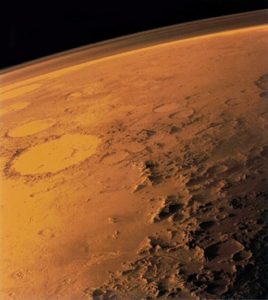
Mars Surface
Pathfinder landed on the surface of Mars in 1997. The craft, launched on December 5, 1996, traveled for 211 days and 309 million miles to reach the surface of Mars. A small rover named Sojourner (named after Sojourner Truth) traveled about the surface and analyzed rocks and the surface of the planet. The two vehicles (both significantly outliving scientific estimates) sent back 2.3 billion bits of data before transmissions stopped on September 27, 1997. Children can view some of the images of Mars at: Pathfinder.

Calvin Coolidge
Calvin Coolidge (born Plymouth, Vermont, 1872; died Northampton, Massachusetts, January 15, 1933) was the thirtieth president (1923-1929) of the United States. He was elected governor of Massachusetts in 1918 and was vice president when Harding died. Nicknamed “Silent Cal,” he stressed respectability in government. The stock market went up, and he cut governmental costs. He was more concerned with matters within the country than with foreign affairs. He declined to run in 1928, even though he was a popular figure. Children could visit a website at: Calvin Coolidge.
Stephen Foster (born Lawrenceville, Pennsylvania, 1826; died New York, New York, January 13, 1864) was a songwriter. He composed almost two hundred songs, including “Camptown Races” and “Swanee River.”
Jamie Gilson (born Beardstown, Illinois, 1933; died Wilmette, Illinois, February 11, 2020) wrote 21 books for children. Her books include Hello, My Name Is Scrambled Eggs and Do Bananas Chew Gum? Children can visit her website at: Jamie Gilson.
Rube Goldberg (born San Francisco, 1883; died New York, New York, December 7, 1970) was a cartoonist. He created on paper intricate machines that would activate each other to perform one simple task. Idea: Students could see some of his cartoons and then draw their own Rube Goldbergs. Children can visit a great website at: Rube Goldberg.
Nathaniel Hawthorne (born Nathaniel Hathorne in Salem, Massachusetts, 1804; died New Hampshire, May 18 or 19, 1864) was a writer. Two of his most famous works are The Scarlet Letter and The House of Seven Gables. He wrote at least 100 stories for magazines. Children can read his works at: http://www.gutenberg.org/.
Henrietta Swan Leavitt (born Lancaster, Massachusetts, 1868; died Cambridge, Massachusetts, December 12, 1921) was an astronomer. Women at that time period did not hold prestigious jobs in astronomy, but she did “clerical work” with certain stars and their luminosity. Her work enabled Edwin Hubble to complete his work and to find that the universe is expanding. Children could read Miss Leavitt’s Stars: The Untold Story of the Woman Who Discovered How to Measure the Universe by George Johnson.
Jordan Sonnenblick (born Fort Leonard Wood, Missouri, 1969) writes books for young adults. His books include After Ever After and Dodger and Me. Children can visit his website at: Jordan Sonnenblick.
